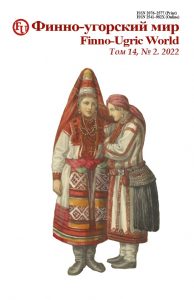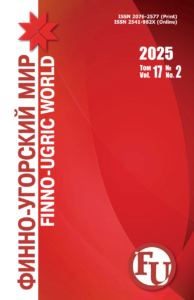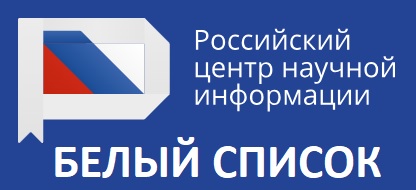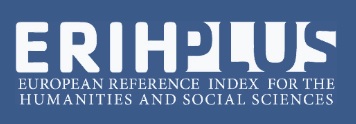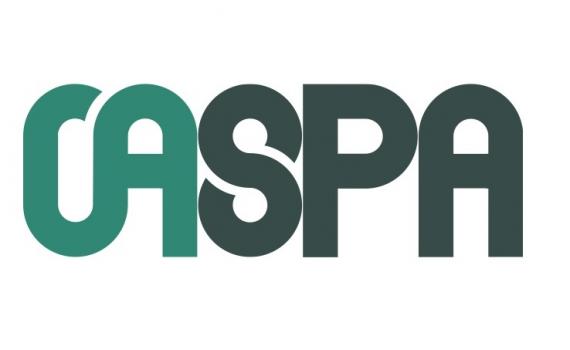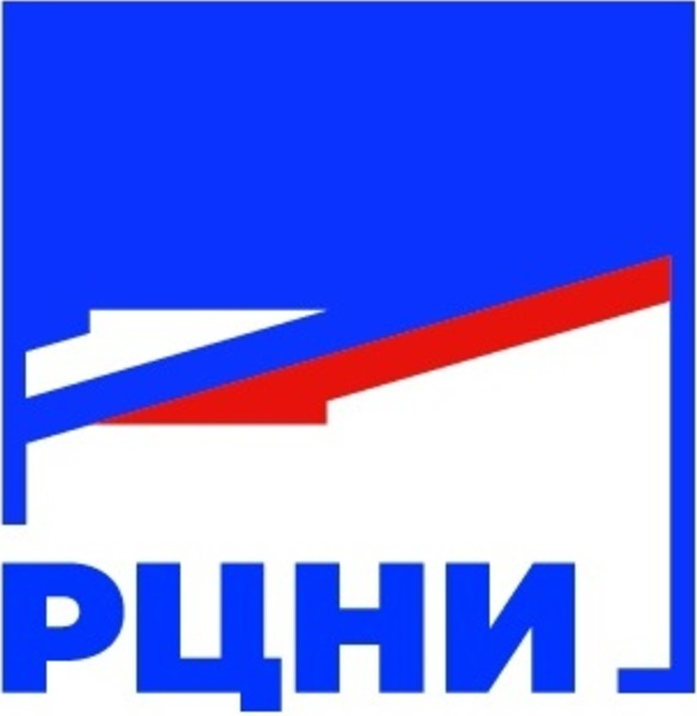Download (pdf) 
Events
In search of Mordovian Mirza, or From field study notes
Alexander N. Demidov –
Candidate Sc.{Philosophy}, Associate Professor,
Department of Philosophy, History and Theory of World Culture,
Samara State University of Social Sciences and Education,
Samara, Russia, demidov@pgsga.ru,
https://orcid.org/0000-0002-1452-277X
Galina A. Kornishina –
Doctor of History, Professor, Department of Russian History,
National Research Mordovia State University,
Saransk, Russia, g.kornihina@mail.ru,
https://orcid.org/0000-0001-5680-5041
Tatiana G. Minniyakhmetova –
Ph. D. {Philosophy}, Independent Researcher,
Institute for European Ethnology, University of Innsbruck,
Innsbruck, Austria, minnijah@hotmail.com,
https://orcid.org/0000-0001-8882-2719
Ranus R. Sadikov –
Doctor of History, Chief Research Fellow,
R. G. Kuzeev Institute for Ethnological Studies,
Ufa Federal Research Centre of the Russian Academy of Sciences,
Ufa, Russia, kissapi@mail.ru,
https://orcid.org/0000-0003-4200-2568

